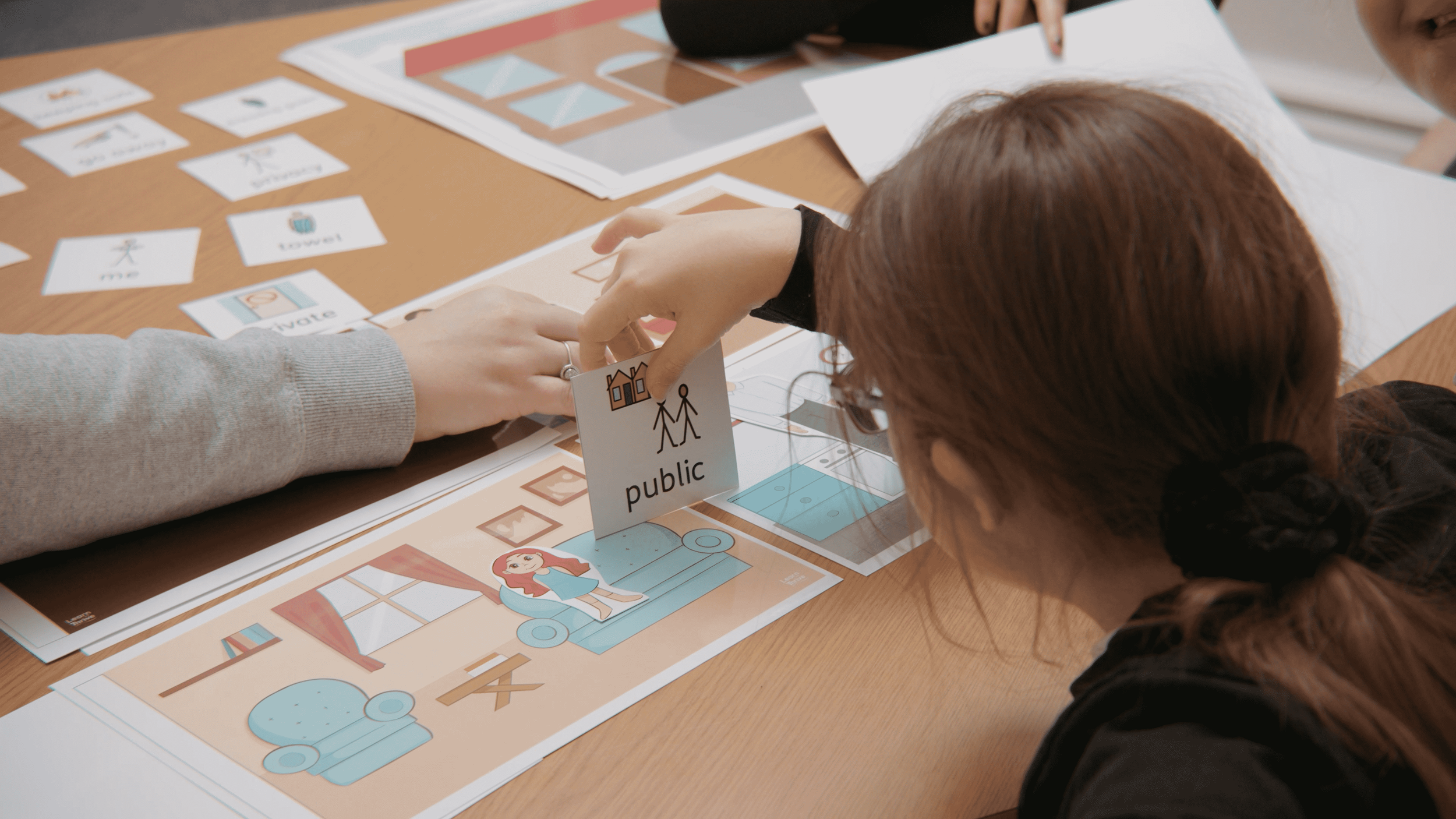Empowering Families: Navigating Puberty Changes Together with Learning for Life
Embarking on the journey of puberty education is a transformative experience for our children, and as parents, we understand the importance of guiding them through this period of change. Traditionally, schools have shouldered the responsibility of imparting knowledge about puberty, delving into the biological, social, and emotional aspects of this critical time. Yet, we recognize that the learning extends far beyond the classroom walls. Puberty education is a shared responsibility that calls for a collaborative approach between teachers and families.
Current Landscape: A Call for Inclusivity
In the current educational landscape, the duty of teaching about puberty often rests on the shoulders of teachers within the school setting. While schools endeavour to provide comprehensive resources, the need for a more inclusive and collaborative approach is evident. Puberty education transcends textbooks and lectures; it requires an understanding of individual learning styles, especially for children facing learning differences.
The Call for Collaboration: A Bridge to Understanding
We acknowledge the essential role that families play in navigating the delicate topic of puberty changes. Our children benefit immensely when they receive consistent messages at both school and home, fostering a holistic understanding of this transformative phase. To achieve this, a bridge is needed – one that connects the efforts of teachers with the support and engagement of families.
The Learning for Life Project: Bridging the Gap
Enter the Learning for Life project, a revolutionary initiative designed to strengthen the collaboration between teachers and families in the realm of puberty education. Developed by education experts and families alike, this project acknowledges the unique needs of students with learning differences. It provides a tailored framework that seamlessly integrates into the school curriculum.
Fostering Collaboration: A Key to Success
Successful puberty education hinges on fostering collaboration between teachers and families. Learning for Life equips educators with accessible resources specifically designed for students with learning differences. By incorporating this project into the school curriculum, teachers can ensure a consistent and clear message that resonates with our children, addressing their diverse learning needs.
Navigating Delicate Conversations: Tools for Understanding
One of the challenges in puberty education is navigating delicate conversations, especially with children facing learning differences. Learning for Life provides teachers with tools that use clear, concise, and visually engaging language to enhance understanding. It becomes a valuable resource not only within the classroom but also a bridge that empowers teachers to guide parents in continuing these crucial conversations at home.
Creating a Supportive Environment: A Collective Effort
Through Learning for Life, educators play a pivotal role in creating a supportive environment that extends beyond the school walls. By encouraging parents to actively engage in the puberty education process, teachers strengthen the collaborative efforts needed for a more profound impact on our children's understanding and well-being.
At Learn and Thrive, we wholeheartedly believe in collaborative puberty education. Learning for Life empowers teachers with resources tailored for students with learning differences and facilitates a consistent message that resonates both at school and home. The call for collaboration is answered through this initiative, creating a supportive environment where teachers and families work together to empower our children during this transformative phase of their lives.


